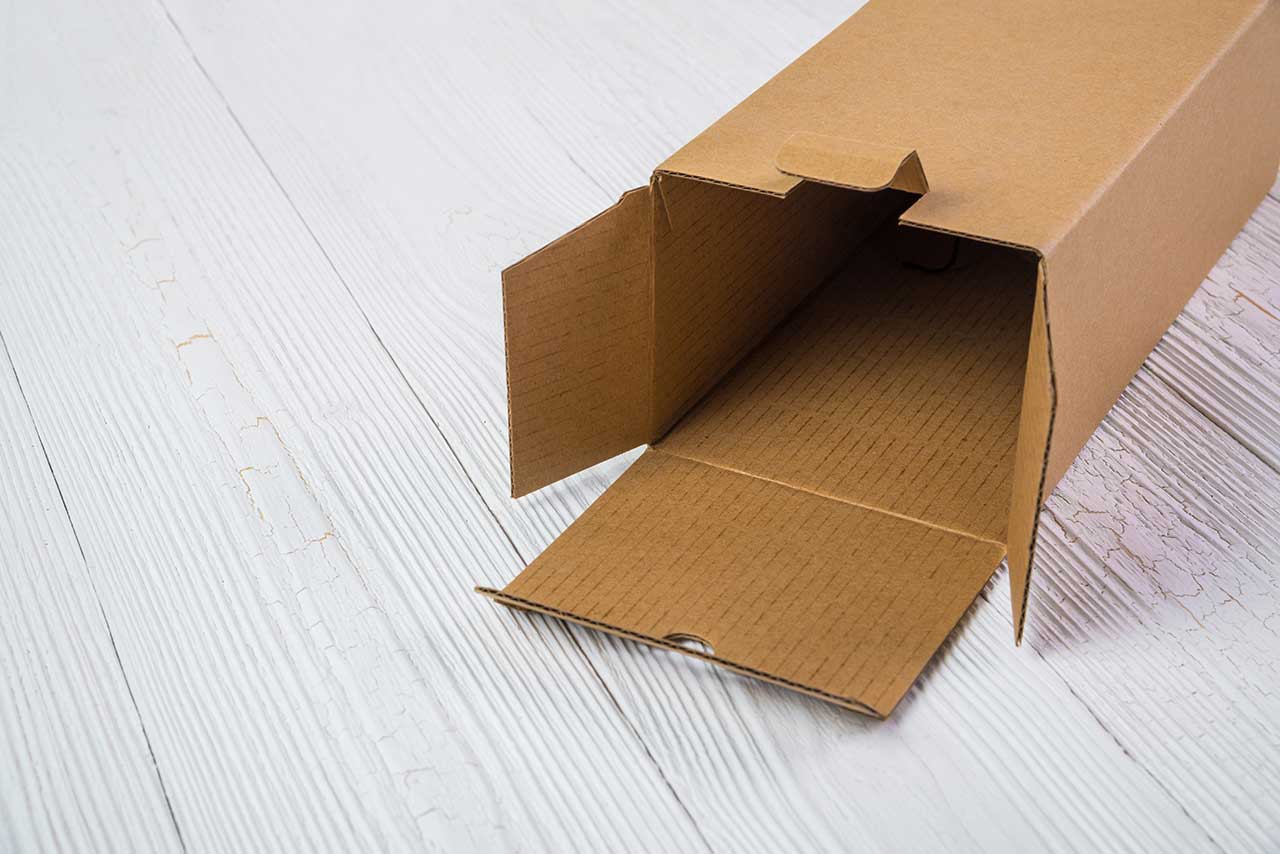
Professional and amateur golfers alike will agree on one thing: it’s vital that they can play with their preferred clubs. Whether you’re looking to belt the ball down the fairway, or roll it into the hole, you’re more likely to play your best if you’re using your own clubs - equipment you are accustomed to and have experience using. Because of this, it’s very important to be able to send your clubs to wherever you’re playing.
Golf clubs aren't something that we traditionally think of as being easy to send by post, but the reality couldn't be more different. Don't let their size put you off: once you've mastered the fundamentals, they're as simple to send as almost any other object. However, sending a single 9-iron is a very different proposition to mailing a whole set of clubs. We’ll start with discussing how to post one golf club.

Wrap a single golf club
The key to wrapping a solitary club is bubble wrap. The entire club must be covered in bubble wrap, with the most important area to wrap being the club’s head. It’s advisable to wrap the shaft of the club separately to the head. This way, the bubble wrap can be easily and correctly fitted over the head to provide adequate cushioning - we recommend several layers to protect the head especially from being damaged in transit.
We recommend you wrap the club in 2 inches/5cm of bubble wrap. It may seem like a lot but it’s not worth taking the risk with an item as valuable as a golf club, many of which can be more fragile than you might think. A good tip if you're sending the clubs ahead to a golf course is to reuse the bubble wrap for when you send your club in the future. That is, of course, as long as the journey hasn’t caused swathes of the bubbles to pop. Once the club is wrapped, for extra waterproofing you can secure it in a waterproof polythene bag, although this step is a belt and braces option.
External packaging
It is unlikely you will be able to send a bubble-wrapped golf club through the post on its own, and nor should you as this won’t ensure a sufficient level of protection. A sturdy cardboard box makes the perfect home for your club while it’s travelling. Although it may seem like a difficult task to find a cardboard box that fits a single golf club, they are specially made and readily available from online retailers. However, you have to be sure the box you intend to use is strong enough to hold your club.
Once you’ve found the perfect-sized box for your club, you will have to fill the excess space inside it. The idea here is to ensure the club remains roughly in the middle of the box, with no part of it touching the edges. We suggest using packing chips to fill out the space. Finally, carefully secure the box with parcel tape

Post a set of golf clubs
In the golf bag
While you might think the golf bag itself should offer enough protection for your clubs, this couldn’t be further from the truth. Imagine your set of clubs being handled by postal workers and transferred from vehicle to vehicle, rattling around with nothing to stop them colliding with each other, causing serious damage. It’s enough to make you shudder, right?
Thankfully, with just a little care and preparation, this can be avoided. To make sure every club arrives safely, you should wrap each individually using the method we showed you earlier, then return the clubs to their bag. If there are any major spaces in the bag which could cause the clubs to move significantly, fill these - ideally with packing chips. Then, wrap the bag tightly with two layers of bubble wrap to protect it from getting ripped or scratched.
Outside the golf bag
To package them externally, find a suitably sized box - consider using the box the clubs came in originally, if available. If this is not an option, you should be able to source one in a local golf shop or online. Fill any unoccupied space in the box again with packing chips, as before. If you’re really struggling to find a suitably sized box with limited excess space, you may be able to simply wrap the set in a layer of bubble wrap followed by strong corrugated paper. However, this should be a last resort; a box will always provide superior protection.